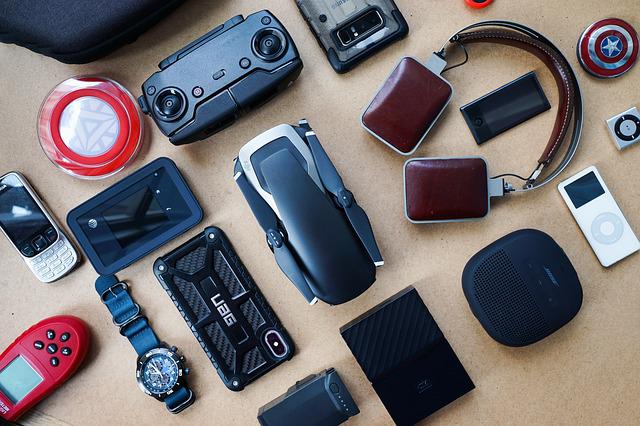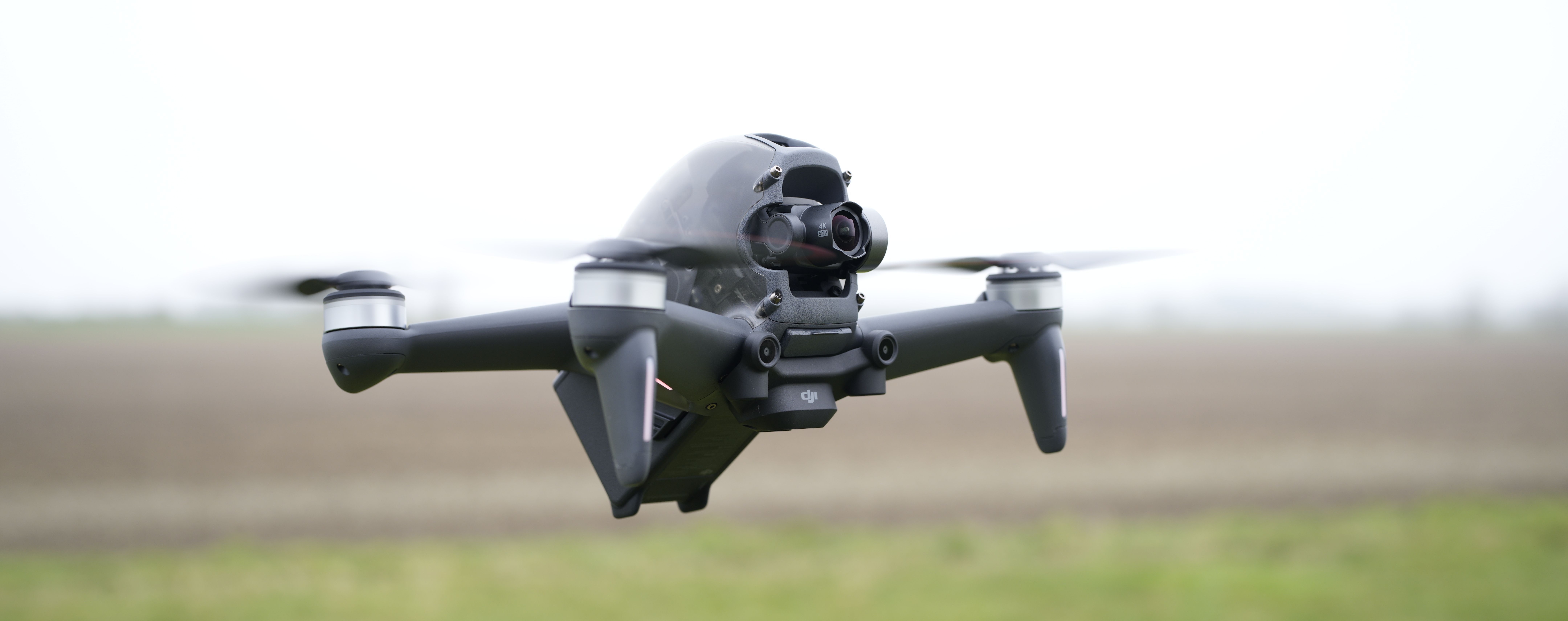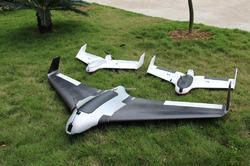
Considering buying additional drone batteries? High-capacity batteries can increase your drone's flight time. But, it is not a good idea if you plan on using your drone more frequently. Two high-capacity battery packs are more cost-effective than four batteries with a shorter life span. It will also help you plan your flights to maximize your battery life.
Plan your drone flight in advance to maximize battery power
Plan your flights to maximize battery life. Generally, a single battery will allow your drone to fly for an hour or more. However, a higher-mAh battery will be bulkier and heavier. To increase flight time, try to reduce unnecessary weight. High-quality propellers are another way to prolong battery life. Your flights should be planned in conditions that don't reduce drone performance.
Avoid flying too fast
Here are some tips to help extend your drone’s battery life. You should avoid flying at high speeds. This will make the battery go down much quicker than normal. The second thing to do is not ignore the low-battery warning. Battery damage can also be caused by flying too fast. Don't fly your drone in severe weather conditions. A drone's battery will dry out much quicker in such conditions.

High speed
The battery life and flight time of a highspeed drone are dependent on its location. A drone flight time will typically take between five and ten seconds, but can vary depending upon the drone's speed or battery life. To estimate flight duration, determine the drone’s maximum speed (and calculate how much power it will consume during that time). The budget can also affect battery life.
Lithium-ion batteries
A recent study examined the battery life of 11 Li-ion cells that are often used in smartphones. These new battery packs were initially larger, but after 250 full charge cycles they dropped to 73-84%. The result is a longer flight duration, but with a higher weight and initial cost. Drone batteries are typically rated for one to three hundred and fifty cycles.
Proper guards
Propeller guards can be a boon for drones. Propeller guards protect the drone's propellers from damage and deterioration. If one of them breaks, the drone will crash. Propeller guards also help reduce drone flight time and speed up time. Propeller guards are crucial for drones. Propeller guards should be considered if you're looking to buy a drone.

FAQ
Does the FAA regulate drones
The FAA oversees all aspects drone operations including safety standards and certification requirements.
What kind of batteries is a drone using?
Drones are powered by lithium-ion battery. The typical drone draws between 3 and 6 volts.
Can my drone be flown in my local park?
Yes, you can fly drones in parks throughout the world. Some countries prohibit the use of drones in parks. This is because of safety concerns. See our list to see where drones can be flown legally for fun.
Is it safe to fly a drone while driving?
Drone flying at high speed is dangerous. Additionally, you may hit pedestrians or animals. In addition, you could damage your car by hitting power lines, trees, or buildings.
Can someone spy on you with a drone?
Yes, anyone can use drones to spy on them. The only way to protect yourself from drones is to be aware of them and avoid areas where they may fly. Do not hesitate to call 911 if a drone is seen flying.
Statistics
- According to ZipRecruiter, the minimum hourly wage of drone pilots is $20. (thedroneu.com)
- According to Indeed, a drone pilot gets paid $25.73 per hour on average in the US. (dronesgator.com)
- According to the multiple listing service (MLS), houses and apartments with drone photographs are up to 68 percent more likely to sell than those without pictures. (thedroneu.com)
External Links
How To
How to Fly Drones at a Beginning Level
A drone refers to a remote-controlled aircraft designed for aerial photography, surveillance and scientific research. The technology behind drones has been around since World War II. DJI's Phantom quadcopters became commercially available in 2010. Many types of drones have been made available since then, from beginner-friendly models such as the Parrot AR Drone 2.0, to high-end multi-rotor craft such as the DJI Mavic Pro.
There are many options for flying a drone.
-
Remote control - This method uses a control device attached to your hand, which enables you to steer the drone through its flight path. There are two main types of controllers: On/Off switches (like a radio) and joysticks.
-
Manual Control – This allows remote operation of the drone via GPS coordinates using a smartphone application. The app will provide instructions and help you to locate the drone.
-
Autonomous Flight - This method involves leaving the piloting duties to the drone itself. It's basically flying autonomously without any human intervention. The drone must be equipped with a camera and sensors that can capture images and data in order to fly autonomously.
-
Triggered Flight: This is similar in concept to manual control. The pilot manually creates a route and the drone then follows it until it reaches that endpoint. Once the programmed route is completed, the drone lands automatically and returns back to the base.
-
Landing Gear: Some drones have landing gear that allows them safely to land in case they lose power or run low on battery.
-
Goggles – Pilots often wear goggles while flying to keep themselves safe from any debris.
-
Camera - You can capture photos and videos with your drone from the air.
-
Obstacles: Some drones are equipped with obstacle avoidance systems to prevent them from hitting obstacles.
-
Speed - Some drones can reach speeds of over 40 mph.
-
Battery Life: Most drones have a battery life of between 20 and 30 minutes depending on how many power sources you use.
-
Range - Depending on the model, some drones can travel up to 30 miles away.
-
Power source - Some drones require an external power source; others work off internal batteries.
-
Weight - Some drones have a weight of less than 1 pound and others weigh 4 lbs.
-
Size - From small drones that can be carried in the palm of one's hand to larger drones that weigh over 50 pounds, drones come in a variety of sizes.
-
Price - High-end drones can go for thousands of dollars, while low-cost models start at $100.